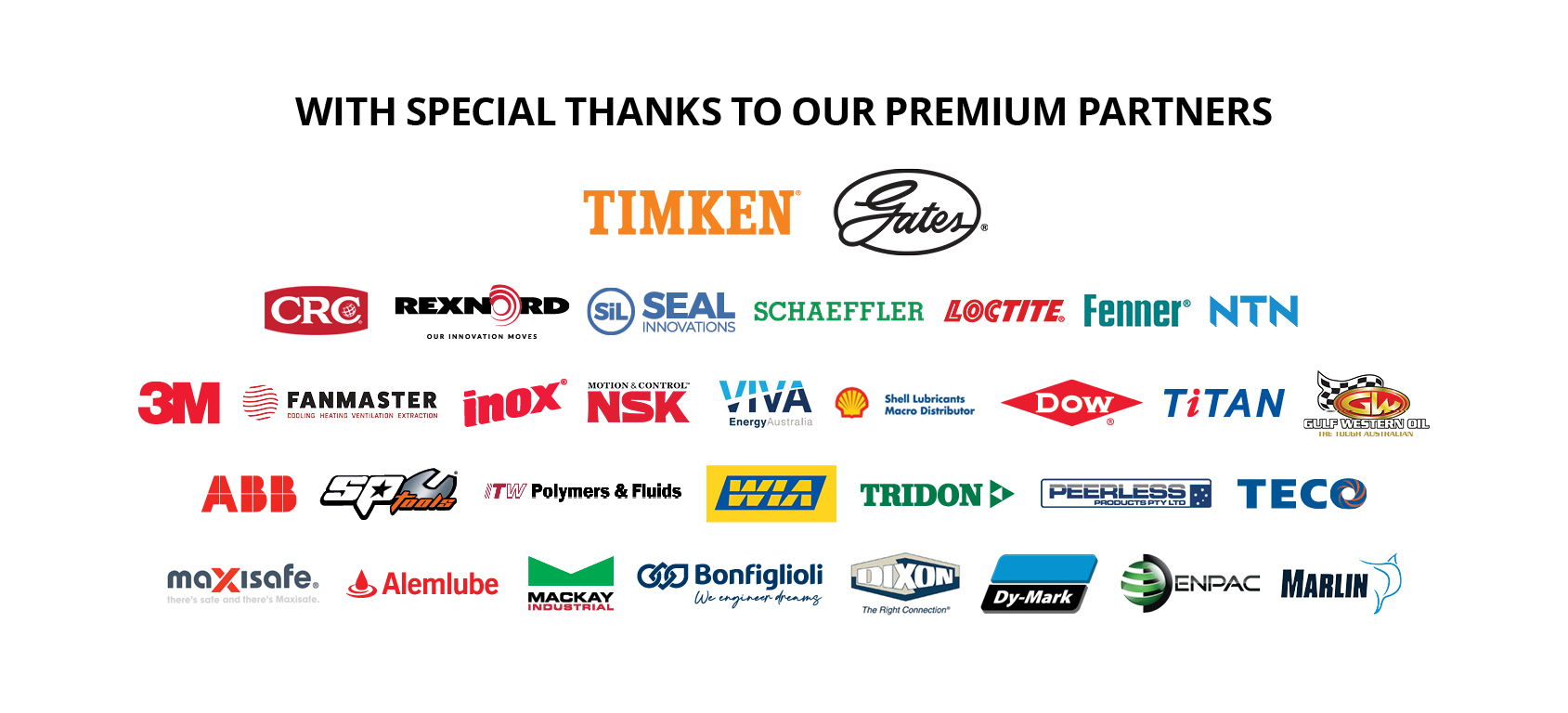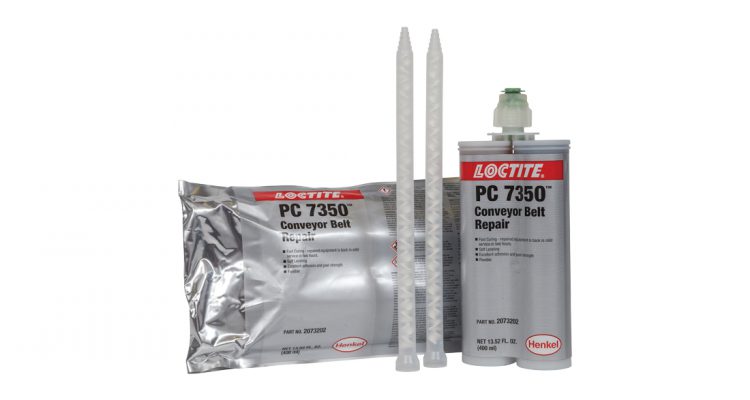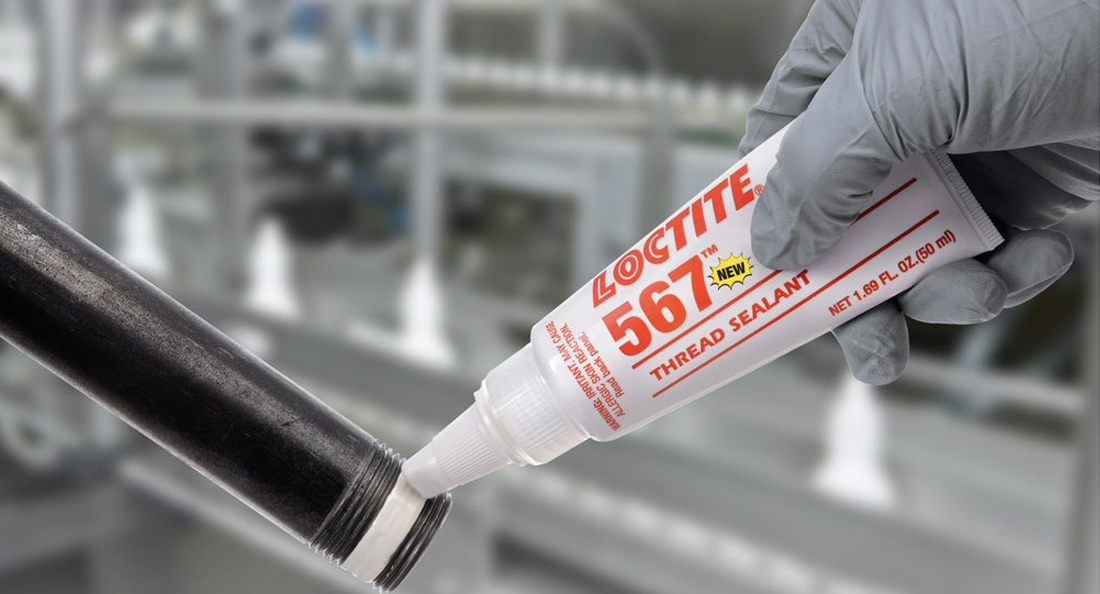While the score was only approximately 35mm wide and 10mm deep, the damage on the belt extended for 700 metres, and on a belt that was less than a month old, that cost more than $1 million dollars. As such, it remains the largest single repair in an Australian mining application that adhesive expert Mark Casotti clearly recalls in his career with Henkel.
“The main issue was scoring on the top cover of the belt – damage that had been sustained very quickly. While relatively minor, this damage was creating a risk on a belt that would be very costly to replace, so in order to get more value out of the belt it was decided it would be worth repairing,” explains Mark, who is the Henkel State Manager of Western Australia.
The job was completed within a 12-hour shift by four people on site. A remarkable achievement considering the downtime that could occur in a large gold mining outfit where every hour lost is a potential financial loss of hundreds of thousands of dollars. It was made possible by LOCTITE PC 7350, a polyurethane resin and isocyanate compound kit that has the fastest curing time of any conveyor belt repair adhesive on the market.
“The upside with this product is that it doesn’t require specialist labour – a site team can easily perform the repair themselves,” says Mark. “It also cures within 2 hours, which is an incredible advantage over other urethane products available.”
Having said that, Mark points out that both customers are able to take on these repair jobs through the combined service and supply of product from CBC and Henkel Australia.
“What usually happens, and this was the case with the gold mine, is that CBC will identify the issue with the customer and consult with us on technical advice and procedure. They will also facilitate training – which is offered by us in the form of either a product demonstration or a joint site training – and supply the product to the customer,” he explains.
Armed with both the product and technical knowledge, customers can also perform the belt repair in situ, and with the confidence that CBC and Henkel will support them if they run into further issues.
“The belt repair process is pretty simple. The normal surface preparation is to clean, abrade, clean again, prime, and then after the primer has activated, apply the LOCTITE PC 7350, smooth it over, and leave it to cure,” Mark describes. “It’s a process that is performed cold, so no electrical equipment or hot work permits are required. Even grinding the surface in preparation can be done with a battery-operated tool.”
Another point of difference with the LOCTITE PC 7350 product is that users do not have to hand mix the two key components together, which is often the case with other adhesives of a similar ilk.
“With products that need to be hand-mixed there is a risk of getting the mix ratio wrong, whereas LOCTITE PC 7350 doesn’t have that issue. It works with a dual cartridge that pushes the components through a static mix nozzle, meaning you get a consistent mix every time,” Mark explains. “Additionally, many of the hand mix products come in packaging that means you have to use the whole amount, whereas LOCTITE PC 7350 is designed so that you only use the amount that is required, then you can put it into storage. That way there is little wastage.”
According to Michael Rowe, who is the CBC Product Manager for Adhesives and Sealants, traditional conveyor belt repairs often require heavy equipment, and for the tensile belt strength to be reduced.
“Traditional methods such as splicing and hot vulcanising require specialised equipment and depending on the belt are both costly and time-consuming processes,” he says. “The method used with LOCTITE PC 7350 is simple and can be performed with common tools that maintenance staff probably have in the back of their truck. Also, there’s no need
to de-tension and then re-tension the belt after it’s
been repaired.”
As critical assets in a mining operation, Michael says that maintenance personnel will be checking their conveyors daily.
“Simplistically, the belt is moving product. If the belt is not working, it’s not moving product,” he states. “Typical belt damage will include gouging or scoring on the top cover. Once you see one of these issues and the top later starts to fall apart, then you’ll get entrapment of material which can permeate deeper into the belt or be caught by one of the cleaning components – such as the belt scrapers – where it can be gouged further. So being on top of that and constantly checking your belt function is a vital operation, particularly in a mining application where hundreds of thousands of dollars are at stake if there is a shutdown due to belt failure.”
Michael additionally mentions that in belt repairs that do require stapling, or clips, the LOCTITE PC 7350 can also be applied over the top to protect the metal from contaminant ingress as well as preventing it from catching further on other conveyor components.
Importantly, customers can ultimately rely on the CBC and Henkel teams to assist and provide technical support if they are struggling with a repair job.
“There is a willingness on both the CBC and Henkel side to go above and beyond for our customers. Particularly in mines and quarries, which are not 9 to 5 operations. Our CBC teams will be available to help maintenance crews on site, knowing they also have that support from Henkel to ensure the customer has what they need. I know from personal experience that Henkel will provide training sessions out of conventional hours – such as 4:00am in the morning – to fit with our customers’ schedule and needs. The CBC and Henkel relationship is a dedicated partnership that benefits the end user through and through.”




